 |
| Sustainable fashion can be new or used, but it all makes a difference! |
When it comes to sustainable fashion, it's not as easy as do this or do that - clothing is pretty complicated when you start to think about how to make the industry more ethical or how to choose eco friendly options. But that's just what I want to check out.
Whether you see this as an eco friendly style guide, a resource for learning about sustainable fashion, or just a way to get some answers about the differences between synthetic and natural fibers or whether new or used clothing is better -- I hope you find it useful!
So get ready to dig deep, and let's jump into the big five!
 |
| from top to bottom, you can find eco friendly clothing for every occassion |
New VS Used:
The first thing to decide is if you want to choose from a new piece or a pre-loved one. New clothing comes with a cost - the upfront one (which is almost always steeper than a used item) and the hidden ones too.
New clothes have a real impact on the environment and on the people making them, so it is worth looking into what strings come attached to the t-shirt or trousers you're checking out. Fast fashion or ethically produced? Are workers paid fairly and presented with safe conditions? Is the factory pumping out toxic waste into waterways? How many resources does it take to create the product and how far are these materials transported in order to produce the final style? In short, what harm is being done?
Secondhand fashion seems like the easy solution as it does not directly contribute to the brand on the label, but used garments have their own flaws. It can be hard to track down the right piece if you are looking for something specific, and you are tied to the sizes the charity shop or independent seller has available. Plus, since many of these items have already been worn the lifespan of the product might be much shorter than one that is bought brand new off the rails. And despite the push for secondhand fashion as a sustainable alternative to high street retailers, a sea of highly flammable and polluting clothing is sent to landfill both home and abroad.
The actual answer to what is the most sustainable isn't an easy one, and the best bet is to create a capsule wardrobe that contains high quality staple pieces that can be worn over and over again. No more 'seasons' or following short lived trends - instead, re-wear favourites, patch up small tears, resist the urge to pick up something new (whether it be properly hot off the rack or found secondhand) unless it's necessary, and get creative with styling!
If you are going for new, try to find ethical brands that you can trust. There are loads of great guides out there, or I'm happy to share some of my personal favourites if you're interested! And as for secondhand, hitting the charity shops is great but also check out online offers from places like Re-Fashion, Depop, Vinted, eBay, and Facebook marketplace, or see if there is a clothes swap running in your area. There are so many options, you'll definitely be able to start styling more sustainably without too much stress.
And while I believe the only sustainable fashion is no fashion, I know realistically that isn't going to happen. So instead, opt for slow fashion and really think about the integrity and impact of each and every piece in your closet.
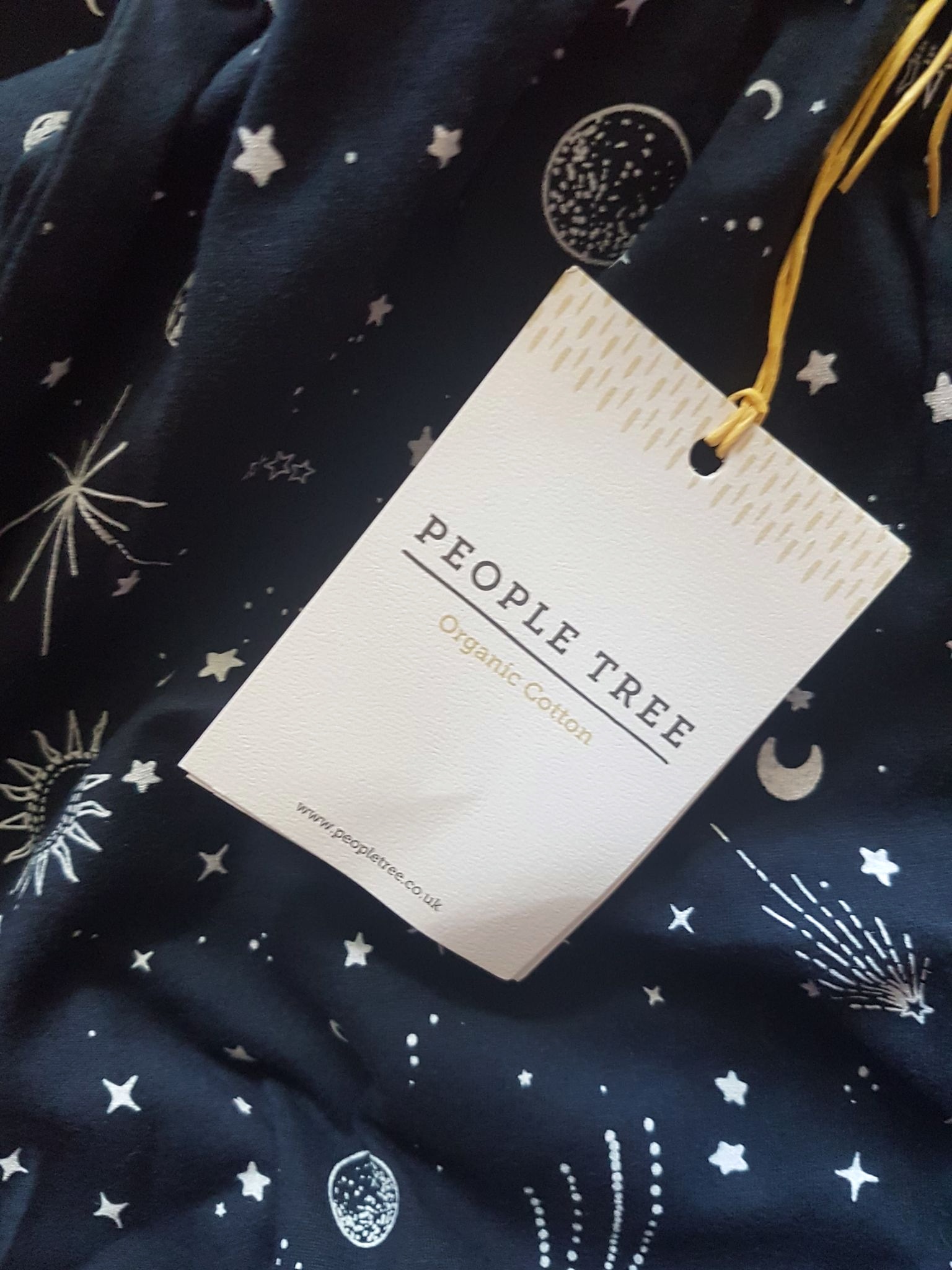 |
| People Tree often has great deals on, and their pyjamas are next level adorable |
Materials:
When it comes to choosing materials, it's not just about what it looks and feels like. Nor can we just look at what is written on the tag. If only it were that simple!
The majority of modern clothing is made from virgin plastic - from polyester and nylon to acrylic and spandex, these polluting particles make up to 63% of fabrics used in the fashion industry. While initially it was viewed as a solution to the finite natural resources, an easier care option, and as a way to add some stretch and comfort to otherwise unforgiving materials like denim, the world is finally waking up to the crisis this multi-trillion dollar industry created.
Sure, plastics are cheaper to produce, have a lower carbon footprint, and make it easier to iron swish pieces like suit coats and cocktail dresses, but they are also leaching into the soil, air, and waterways where they slowly poison life. So what are the alternatives?
If you want to go the eco friendly route when it comes to shopping for clothes, focus on selecting items that are made with biodegradable fibers. That means opting for plant or animal based fabrics like cotton, hemp, bamboo, jute, linen, wool, leather, and silk. However, even these natural materials come with a cost due to lack of strict global environmental and human rights regulations. Animal based resources are often gathered in cruel and inhumane ways, and crops like cotton often result in devastating consequences for local communities and biodiversity due to the sheer amount of water, chemicals, and land required.
The best way to avoid contributing to these problems is to buy from ethical brands and to choose fairtrade and organic pieces whenever possible. The upfront cost is certainly higher, but just think about all those hidden savings!
And if synthetics are your only option due to budget or accessibility, then you can mitigate the issues with pollution by taking measures to reduce the amount of plastic released when washing and drying. Products like the Guppyfriend bag and PlanetCare filter help stop microfibers from escaping into the waste water systems. They're perfect for those items in your closet you got before learning about the difference between natural and synthetic clothing, and they really are great for anyone trying to be more sustainable with their fashion.
 |
| Guppyfriend can help your old clothing fit in with your sustainable lifestyle |
Manpower:
Who makes your clothes?
That is the big question, and one that will reveal a whole lot about what you are funding. Is this is massive corporation that is driving fast fashion? Is it a small family run team who is helping support a community by teaching valuable skills? And who is ACTUALLY producing the final product???
There is a shocking lack of transparency when it comes to where and how the latest fashions are made, and that's why campaigns like Who Made My Fabric started up. Companies do not want to share this information as it exposes the very real injustices that are being perpetuated by well known brands. With 260 million children employed around the world, money being withheld from contracted orders, sweatshops operating to lower manufacturing costs, water supplies being drained or poisoned, tragedies occurring due to unsafe work conditions, women being abused and murdered by overseers, and modern slavery very much alive in the industry, it is no wonder that businesses like Forever 21, H&M, Boohoo, Zara, GAP, and thousands of others are so keen to keep this under wraps.
Getting ahold of the information you want isn't easy, and if a brand refuses to answer your questions or offers a cut and paste response that talks around your concerns, they are probably one to skip as their practices likely aren't on the up and up. Instead, invest in sustainable and ethical styles from brands you feel you can really trust! And you can always have a quick browse of the fast fashion brands compiled by Besma from Curiously Conscious or the transparency index from Fashion Revolution if you are wanting to see what shops to steer clear from or if you need the scoop on a particular label.
 |
| Secondhand shopping leads to some amazing finds. This organic cotton print dress from Seasalt was a fiver and fits perfectly! |
Inclusivity:
Sustainable fashion may be using eco friendly fabrics, ethical labour practices, and environmentally sound manufacturing methods, but unfortunately there seems to be one big gap still -- inclusivity.
Until these styles are inclusive, can they really be sustainable? My answer is nope!
Many brands place limitations on potential customers, and these really make it difficult for many people to make the switch. Location, price, sizing, and aesthetic are all areas that need some improvements, and until each is addressed sustainable fashion will remain inaccessible to the majority.
Location: Online only makes it impossible to try on clothing to see if it fits which means a higher carbon footprint and financial burden for returns, whereas in person only makes it impossible for those living beyond the town or city limits to shop.
Price: Sustainable clothing SHOULD be more expensive, as it values its workers, the environment, and the lifespan of the final product. However, some brands take this to a whole new level with a basic black cotton dress costing more than my utility bills. Obviously going the secondhand route takes some of this burden off the buyer, but when it comes to picking out new pieces it makes it pretty difficult for those who aren't super well off. Sustainability shouldn't be limited to the upper classes, and this is something I would love to see change in future.
Sizing: Why do sustainable brands think that all their customers are a size zero? This has been a continuous battle for me over the years, with the majority of eco friendly fashion being tailored to thinner bodies or shapes with no curves. Many of the pieces fit a bit more snug due to the lack of plastics used in the fabric, so the problem is exaggerated even further. Inclusive sizing is hard to come by, with plus sizes and petit sizes falling to the wayside - and it's about time this was addressed.
Aesthetic: Who says eco friendly fashion has to be boring? Sadly a lot of brands out there are producing muted tones and solid prints which puts off a lot of shoppers. I mean, even I struggle to find pieces I love sometimes! I love a pattern, a cheerful colour, or a boho cut, and I find that many options are like paper sacks - just not flattering. While natural dyes can be harder to use than the toxic chemicals found in high street pieces, they can produce some stunning shades - so why not harness nature's magic more often??
While ethical fashion is certainly leagues better than fast fashion in most ways, I do think some of these brands need to take a look at what makes the unsustainable pieces so successful - good infrastructure, accessibility, and a wide appeal. Luckily, strides are being made with price points with a few more budget friendly lines popping up, and there are a lot of fun organic cotton and bamboo styles being put out by the likes of People Tree, Seasalt, and Komodo. However, both location and sizing remains an issue, with the majority of businesses supplying only XS - XL and most brands selling online only.
 |
| Komodo fashion makes some adorable ethical vegan shoes made with organic cotton, recycled PU, and upcycled tires |
Giving Back:
Fast fashion takes and takes - from the environment, from the workers, from your pocket... So it makes sense that sustainable fashion would be more about giving, right?
Take a look at your favourite clothing. Now look up that business and check out their initiatives - do you see any commitments? Are they donating to any causes, or matching purchases, or participating in any programs?? If not, it may be worth checking out why!
Ethical brands have a passion for doing good, and you can see this in the efforts they make to give back to charities, communities, and projects. Yes, at the end of the day they need to make a profit, but many of these businesses begin with a wish to make a change. From conservation to equality, recycling initiatives to education... Each may have its own focus and you can even align your ethos with how a brand pays it forward if you want to!
Sustainable fashion may not be straightforward, but then what part of greener living really is? Everything has an impact, and it's about weighing the positives and negatives, selecting the aspects that are most important to you, and putting a pause on purchases.
The only new seasons I'll be keeping track of are the ones initiated by mother nature - fast fashion doesn't need to dictate what I wear, and my floral print dress shouldn't only be worn for a few weeks just because some magazine says polka dots are the new fad. Sustainable fashion means wearing the pieces in your wardrobe year after year, patching your clothing when it gets a little worn, and buying items only when you need them.
Of course you can pick up a fun cardi or comfortable pair of sweats if they bring you joy and you will use them repeatedly - don't feel guilty about those one off splurges! But the aim is to slow down, reduce the pace at which factories are churning out items, and fund ethical practices whenever possible. For that we all really need to consider how our clothing is made and what its true price is.
Are you ready?





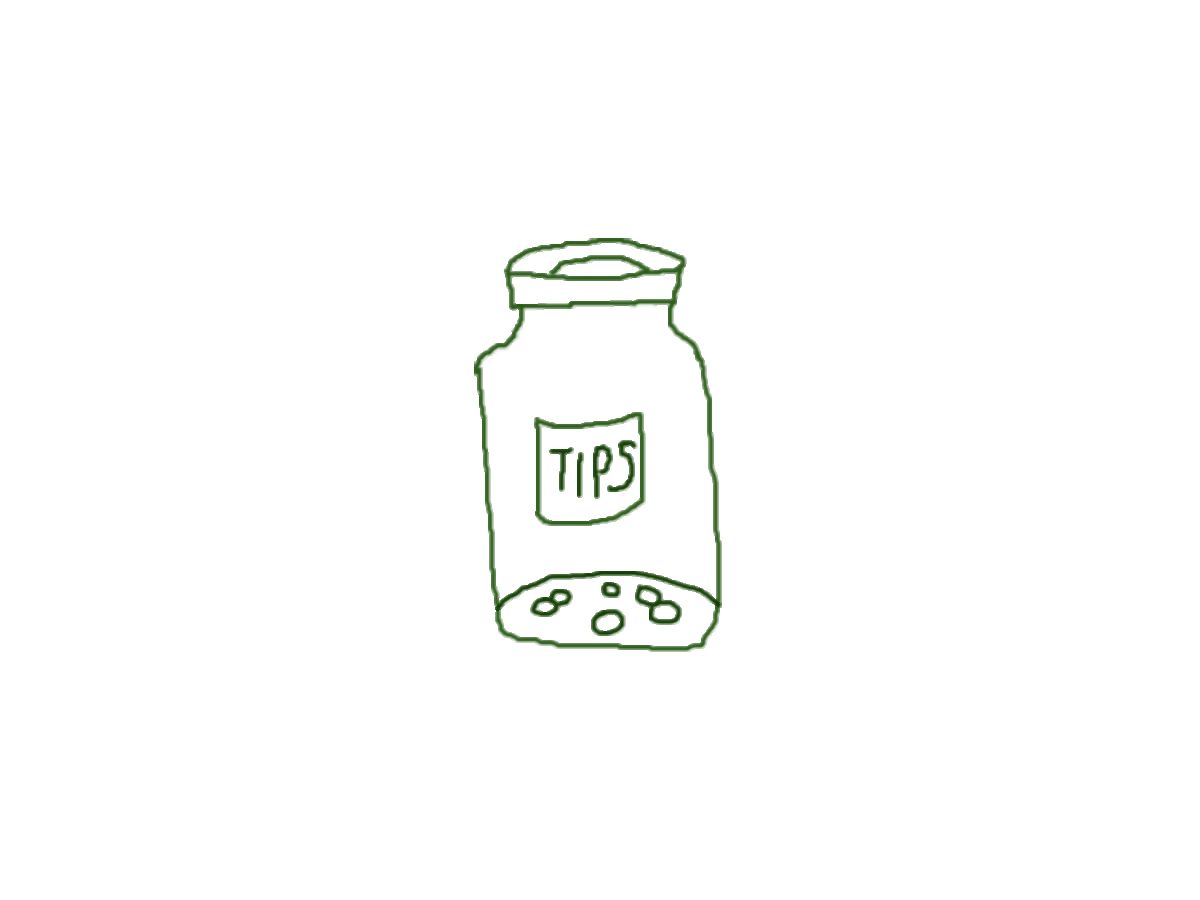
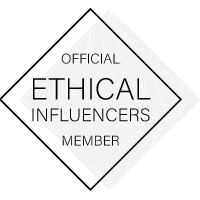
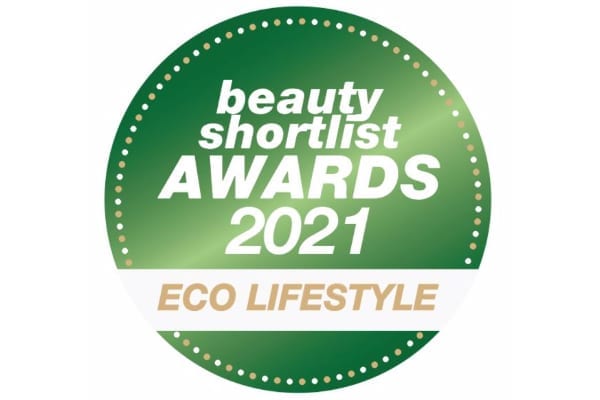
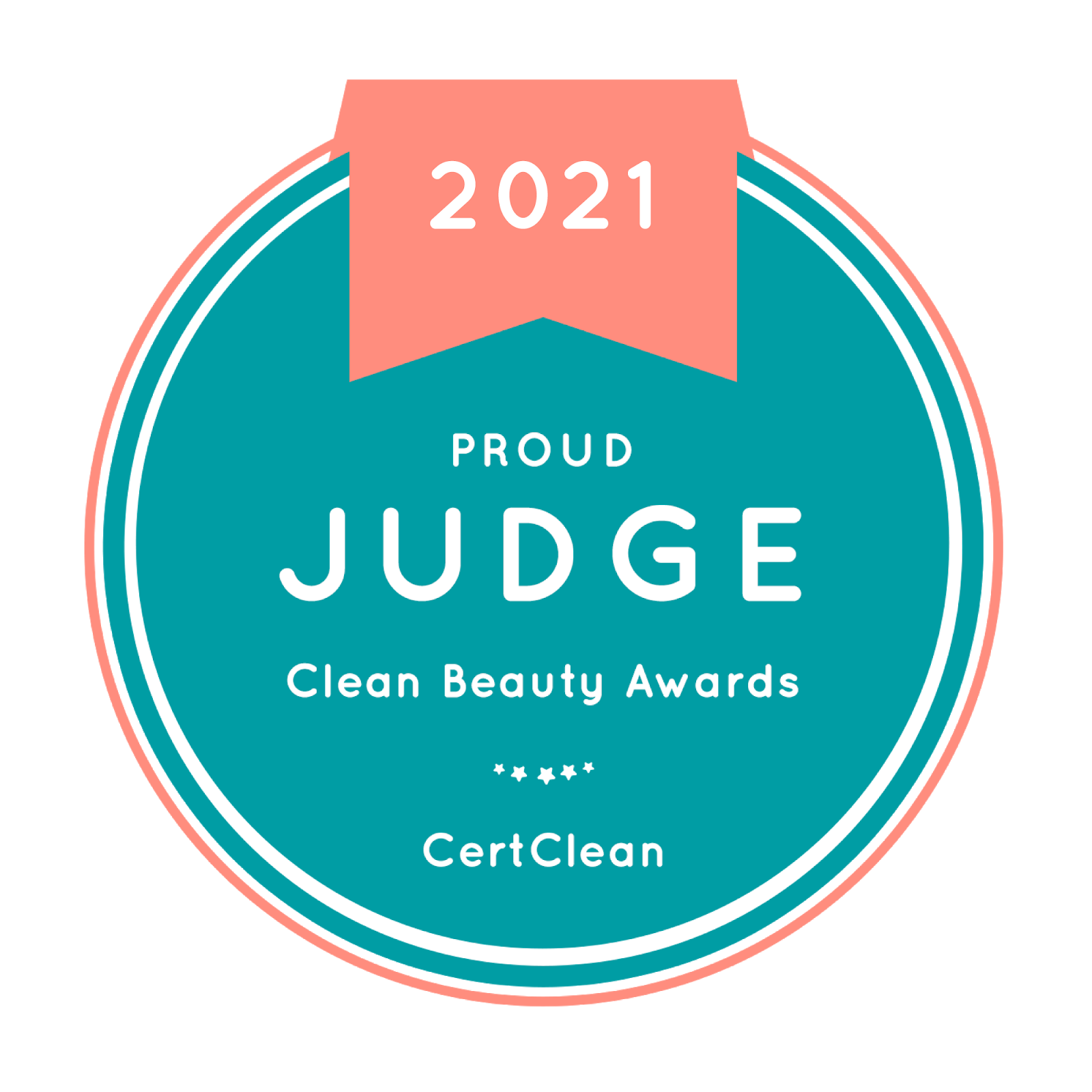
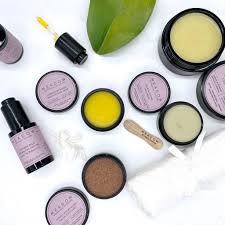
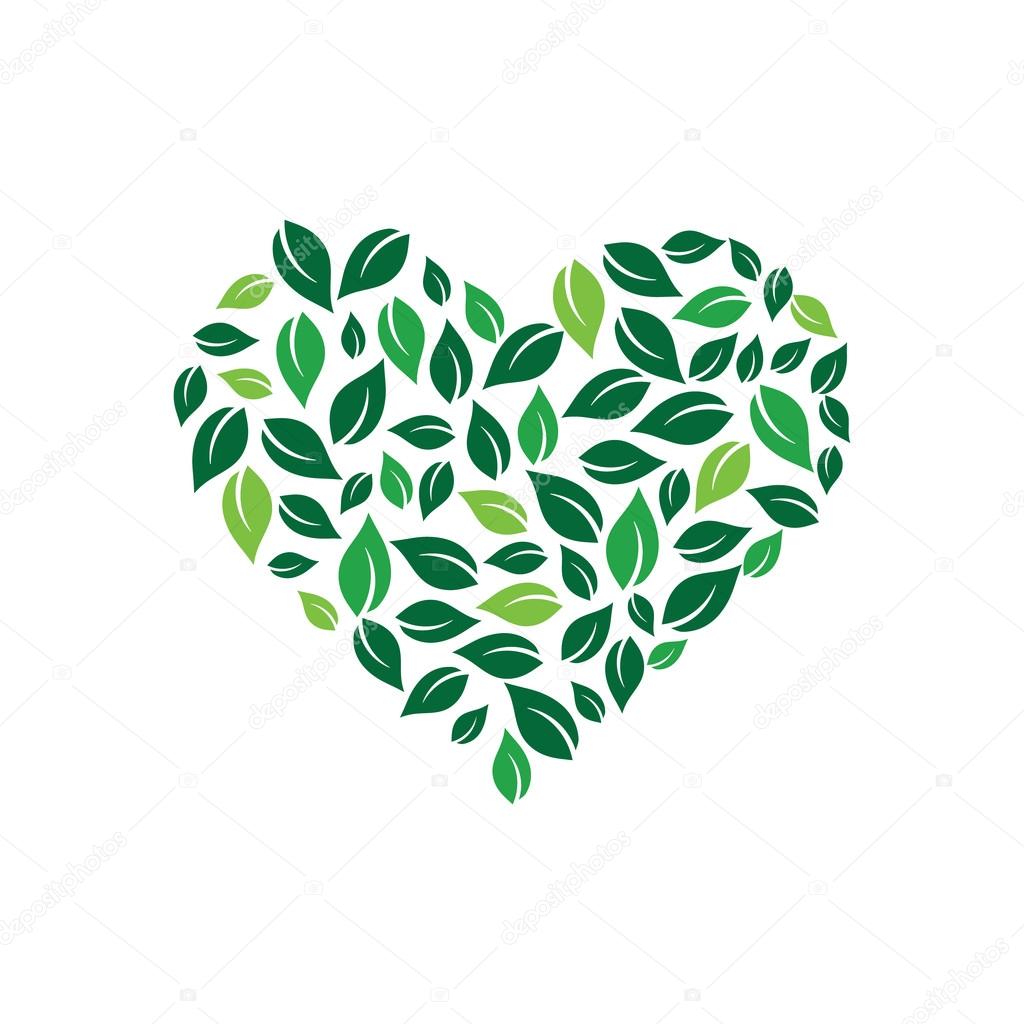
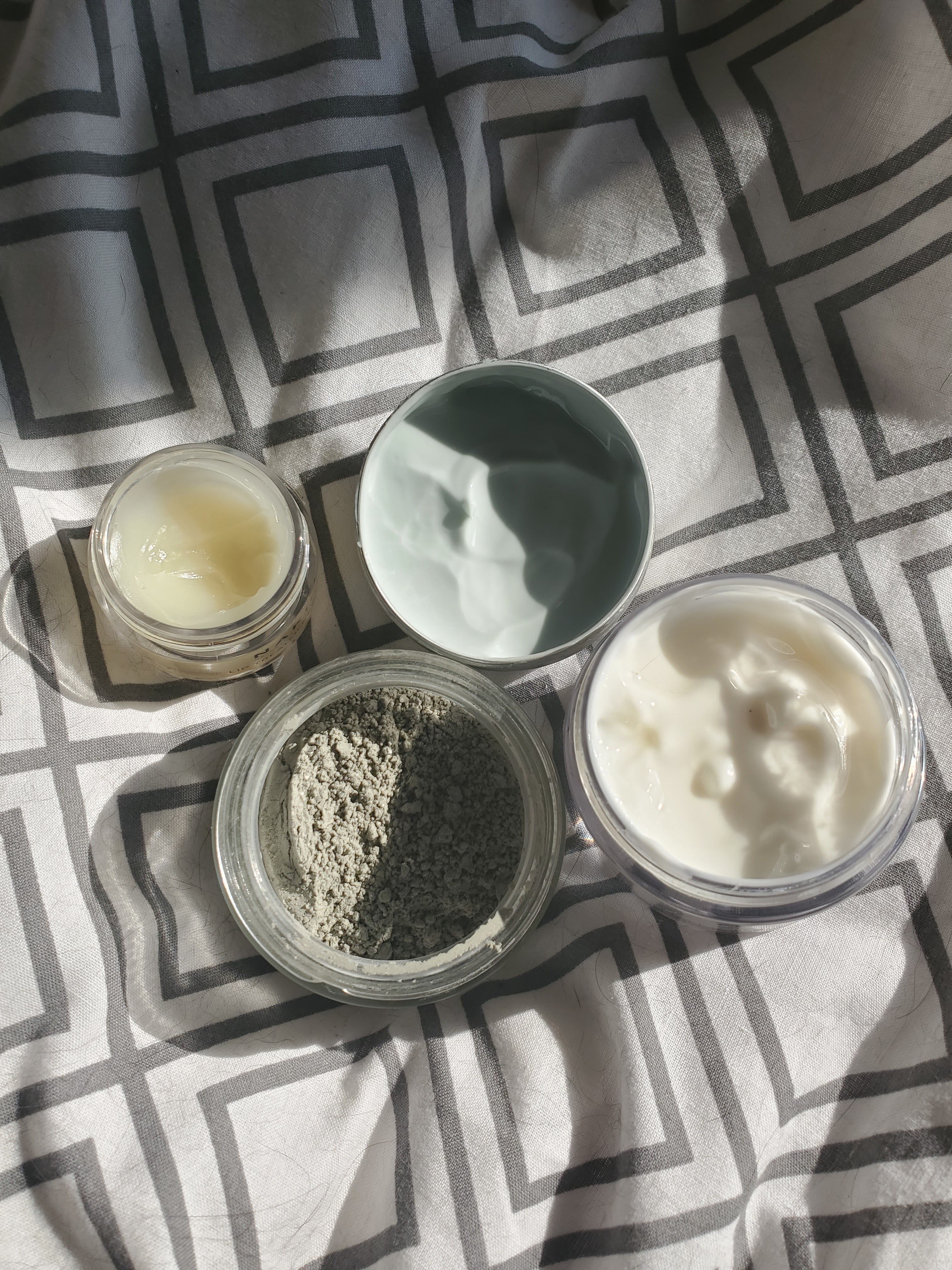
No comments
Share your thoughts!
(No links please!)